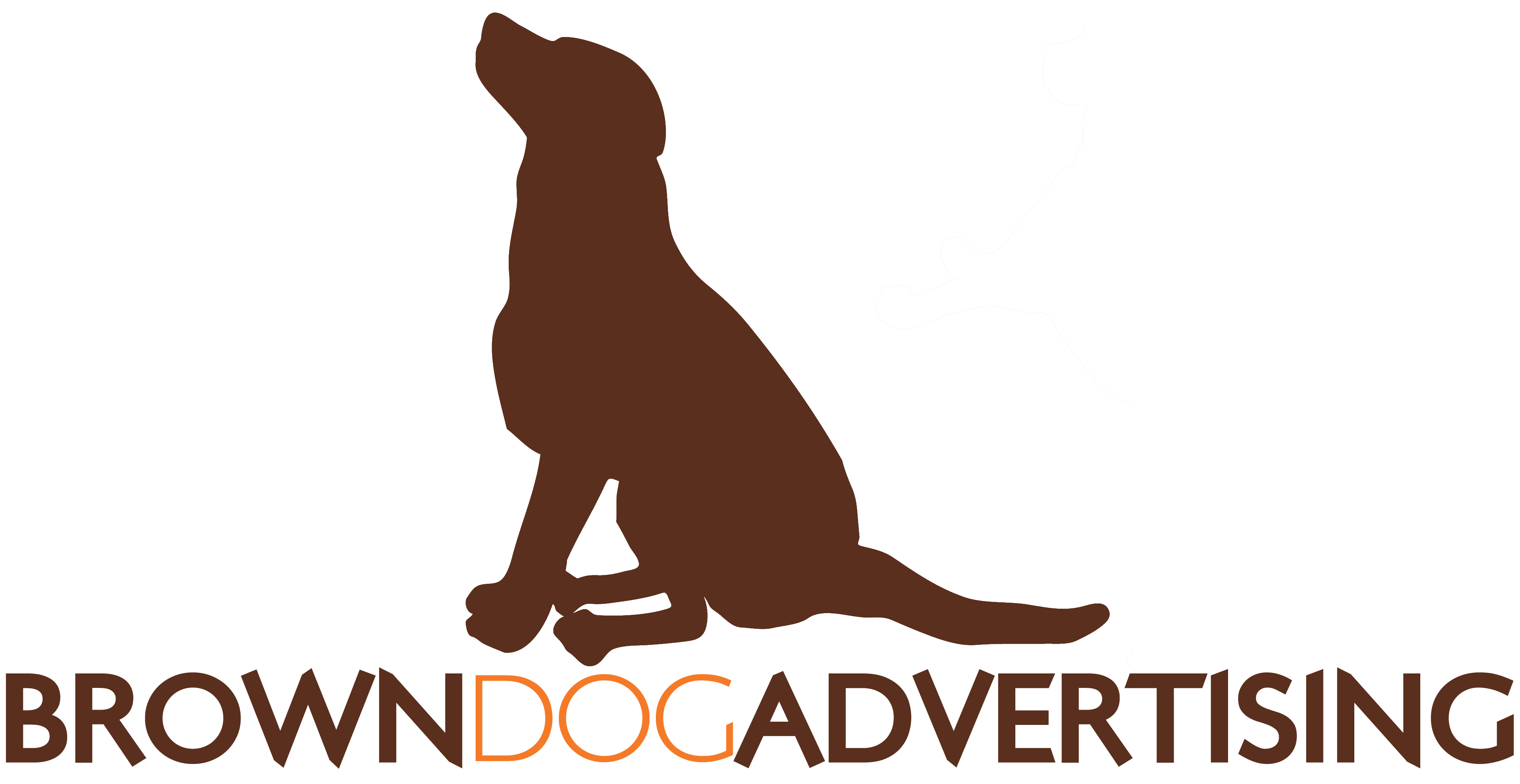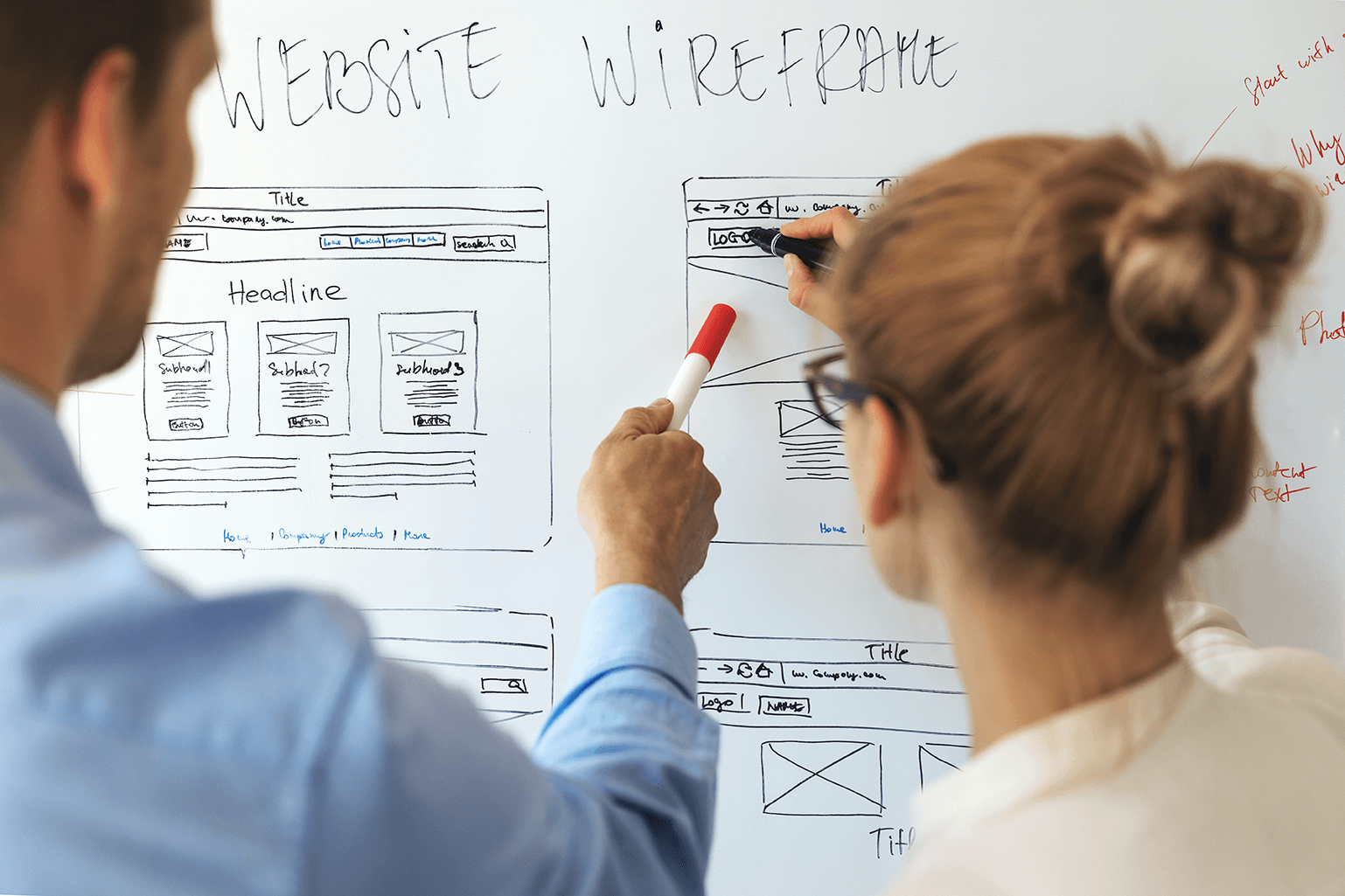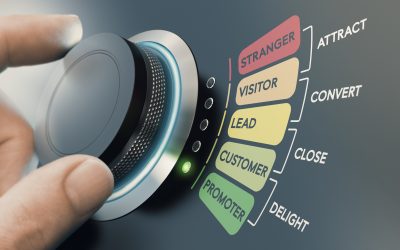As a marketer, it’s essential to understand the difference between user experience (UX) and user interface design (UI). UX can be thought of as the feeling a person has when they arrive at their destination, while UI is like the road that takes them there. Both are critical components in the success of your website; it’s possible to succeed in one area but fail in another. To be successful, it’s essential to use both UX and UI together.
In This Article:
The User Experience (UX) Design
The User Interface (UI) Design
The Difference Between UX and UI
How UX and UI Work Together
Get Started With UX and UI Design
What is User Experience (UX) Design?
As technology advances and customers become more discerning, businesses must understand the importance of user experience (UX) design. UX design is a user-centric approach to website design that focuses on how people interact with and perceive the brand. It is a crucial component in any digital marketing strategy, as poor UX can cause customers to abandon their carts, bounce from your site, and turn away from the brand. So let’s examine why UX design matters for your business.
What Causes Poor UX?
Several factors, including broken links, non-clickable images, bad navigation, or modules of content that break your website, can cause poor user experience. Any of these elements will affect how customers interact with your site, leading to frustration and dissatisfaction. As such, it is crucial to identify these issues before they become too severe or harm your customer base.
The Benefits of Good UX Design
Good UX design should create an intuitive website that meets users’ expectations throughout their browsing journey. This will make them more likely to engage with the brand and go through the entire sales process. Good UX also plays a crucial role in driving conversions, increasing business revenue, and fostering customer loyalty.
The Consequences of Bad UX
On the other hand, bad UX can lead to higher bounce rates, fewer conversions, and negative word-of-mouth marketing for your business. In addition to losing potential sales due to poor usability and navigation issues, customers may also be less likely to recommend your products or services if they had a bad user experience when interacting with your website or app. Understanding this impact can help you prioritize fixing faulty elements to improve customer satisfaction and loyalty.
What is User Interface (UI) Design?
User Interface (UI) design can be a powerful tool to increase customer engagement with your business’s website. Good UI design focuses on a product or service’s visual and interactive elements while considering the logical flow of customer actions. In addition, the user interface must be intuitive, so customers understand how to use it quickly and effectively. Understanding the importance of good UI design can maximize customer engagement with your business’s website.
The Basics of UI Design
Good user interface design should consider every aspect of the customer’s experience, from typography and buttons to colors and images. All these elements should be carefully considered to ensure customers find them visually appealing and easy to understand and use. It is also crucial that users can easily navigate through the website and see what they are looking for without becoming frustrated or confused.
The Advantages of Good UI Design
By having an exemplary user interface design in place, businesses can benefit in several ways. For example, it makes it easier for customers to access information about products or services quickly and efficiently, saving time for both parties involved. Additionally, good UI design creates a better user experience as customers will find it easier to navigate through the website and access what they need without the hassle. This ultimately leads to increased customer satisfaction which will benefit both companies and their customers in the long run.
Moreover, with an effective user interface, businesses can stand out from their competitors more easily as customers will recognize the quality difference between websites with poor UX/UI designs and those that have been designed well. Businesses that have invested in creating a good user experience are more likely to attract new customers than those that have yet to put much effort into this area.
What is the Difference Between UX and UI?
Perhaps one of the best ways to explain the difference between UX and UI is an analogy—UX is like how you feel while riding a roller coaster. Is the ride smooth? Bumpy? Or does the whole experience make you feel nauseous? All the factors that make your ride experience good or bad can be summed up as the UX experience, which is why you feel the way you do while browsing a website.
On the other hand, UI would be considered all the tools needed to ride the roller coaster. These include the track, the car you ride in, and any safety equipment needed for passengers. Without these elements, it makes riding the coaster impossible or less pleasant.
Understanding the distinction between UX and UI is crucial for the success of any website. Without proper UI design elements such as navigation tools or functioning pages, websites will not successfully provide an enjoyable user experience.
The Main Distinction Between UX and UI
The main distinction between UX and UI lies in how they affect users. While UX focuses on the overall feel of an experience, like usability or accessibility, UI deals with how interfaces look aesthetically as well as function technically. In other words, UX designers focus on why and how users interact with websites, whereas UI designers focus on what those interactions look like.
For example, if you have a website for purchasing products online, your UX designer might create a flowchart outlining how users should navigate from selecting items to checking out. The UI designer would then turn that outline into a page design that includes buttons for adding items to the cart and entering payment information.
The Benefits of Understanding Both Elements
Marketers must understand both elements when creating successful digital experiences for their customers. Understanding both elements helps ensure the customer journey is smooth while providing the website looks aesthetically pleasing. It is important to note that even if you have great visuals but need adequate user flow, your website will still fail to deliver visitors an enjoyable experience. Conversely, if you have an excellent user flow but poor visuals or unclear labels, your efforts may still be wasted because visitors will need to know where to go next or even understand what they are looking at first!
How Do UX and UI Work Together?
UX and UI go hand-in-hand because neither can exist without the other; they must be designed together to create compelling user experiences. A well-designed website should guide users through their journey without difficulty while maintaining a beautiful look/feel that leaves visitors wanting more from your site. Good UX will make sure customers can find what they need quickly, while good UI will ensure that customers remain engaged with your product even after they have initially found what they were looking for!
What Does a UX Designer Do?
A UX designer focuses on the customer experience. This means they map out the journey a customer should take while interacting with your brand online. Then, they create wireframes that outline what elements should be included in the design process and how they should work together to create an optimal experience for the customer. These wireframes are created from buyer personas as well as desired actions your brand wants a customer to take. UX designers also use analytics to determine if certain elements or features need to be modified to improve user experiences over time.
What Does a UI Designer Do?
A UI designer takes the wireframes created by the UX designer and makes them a reality through visual design elements like colors, shapes, typography, images, and other graphical interfaces. Ultimately, their goal is to ensure each page is visually appealing and easy for customers to navigate while also helping increase conversions and drive sales. They focus on usability more than anything else so that customers can intuitively reach their desired outcome without getting frustrated or confused throughout your site.
Getting Started With UX and UI
At Brown Dog Advertising, our design experts are ready to help you optimize your website’s user experience (UX) and user interface (UI). Enhancing the UX and UI of your website can be an essential part of helping to increase leads and conversions and close more deals. We want to ensure that every element on your page is optimized for customers’ needs. Our goal is to create a platform that offers an enjoyable, straightforward experience while displaying all necessary information to its users. So contact us today, and let us put our expertise to work for you!




